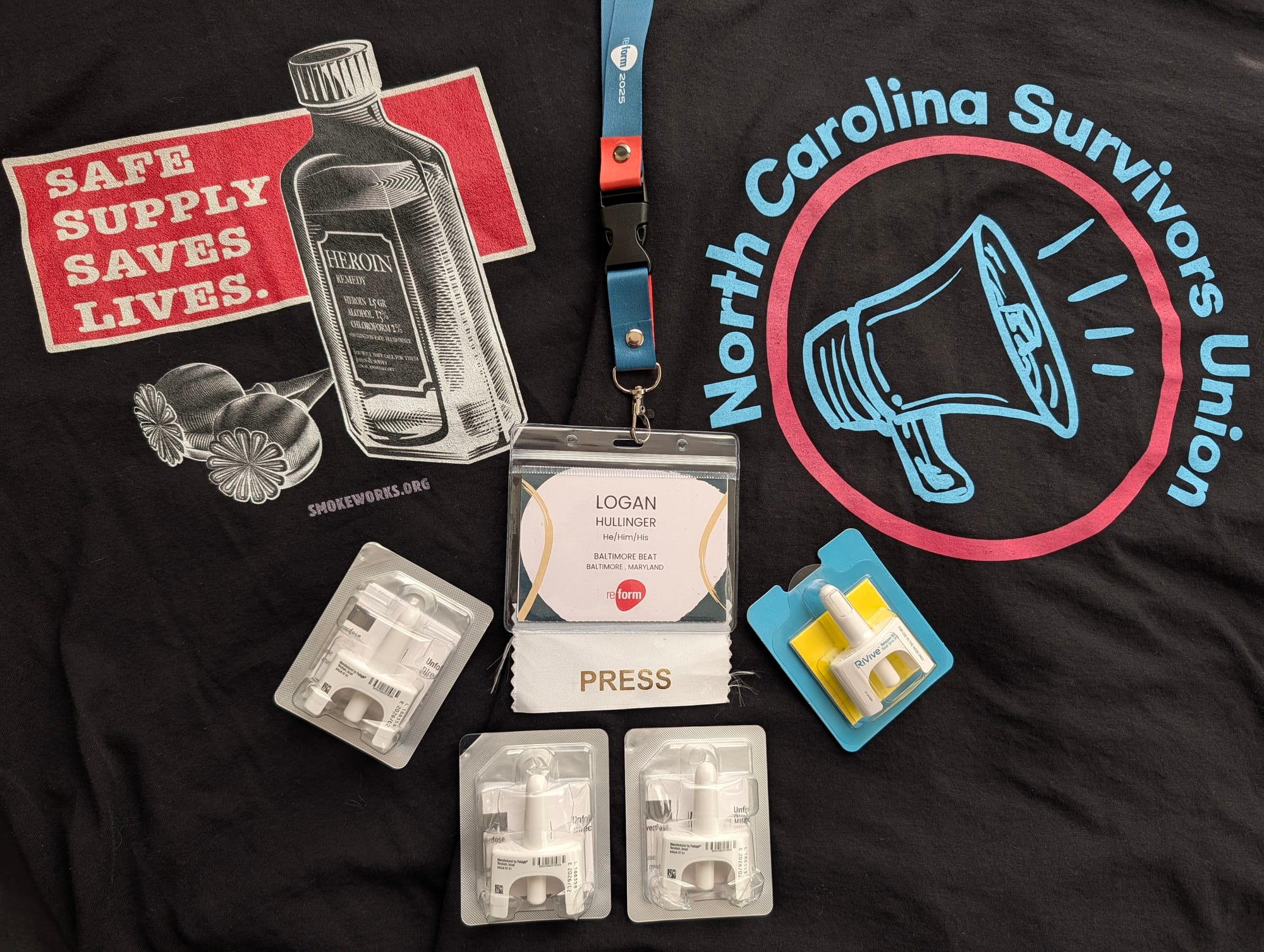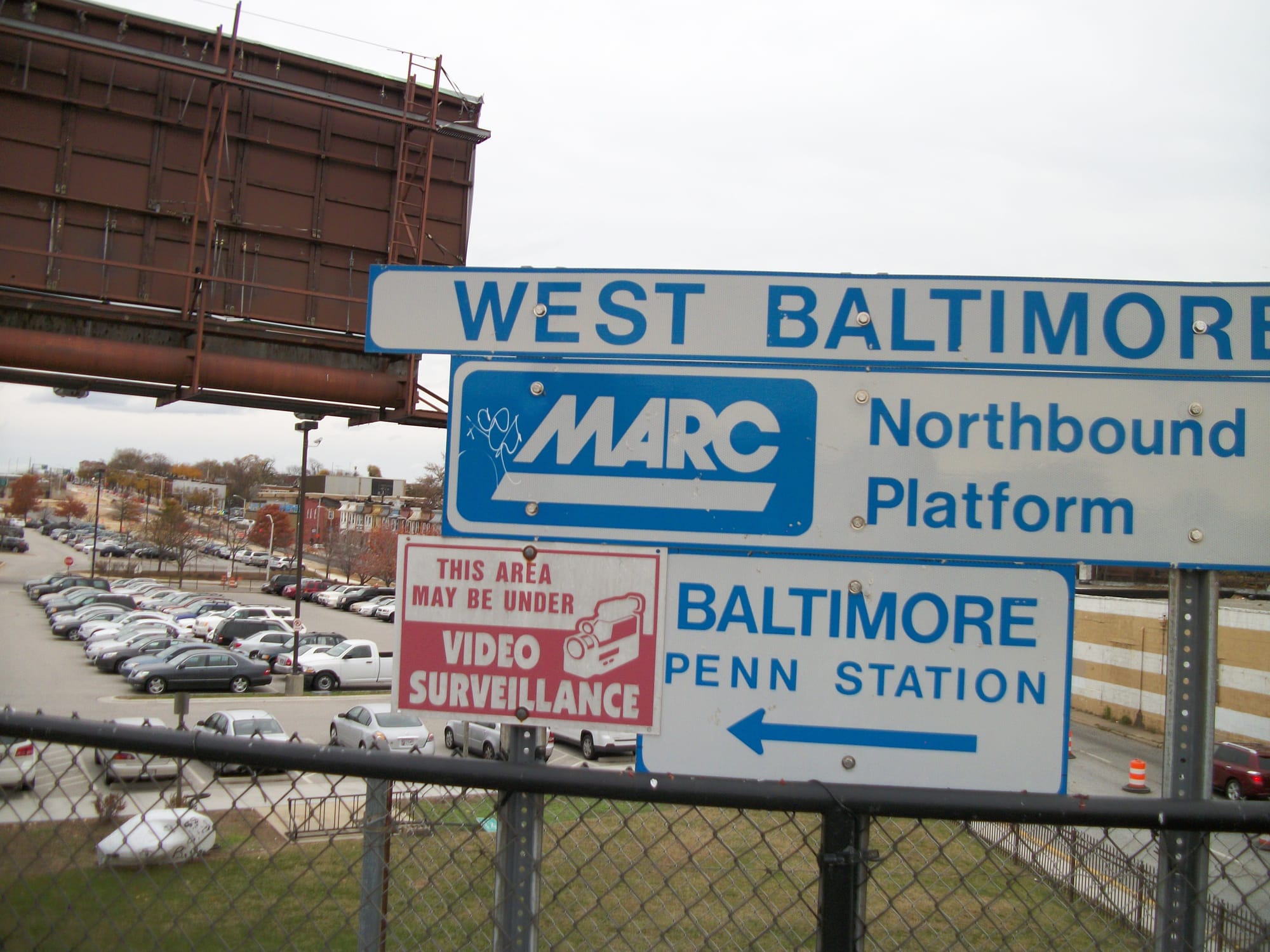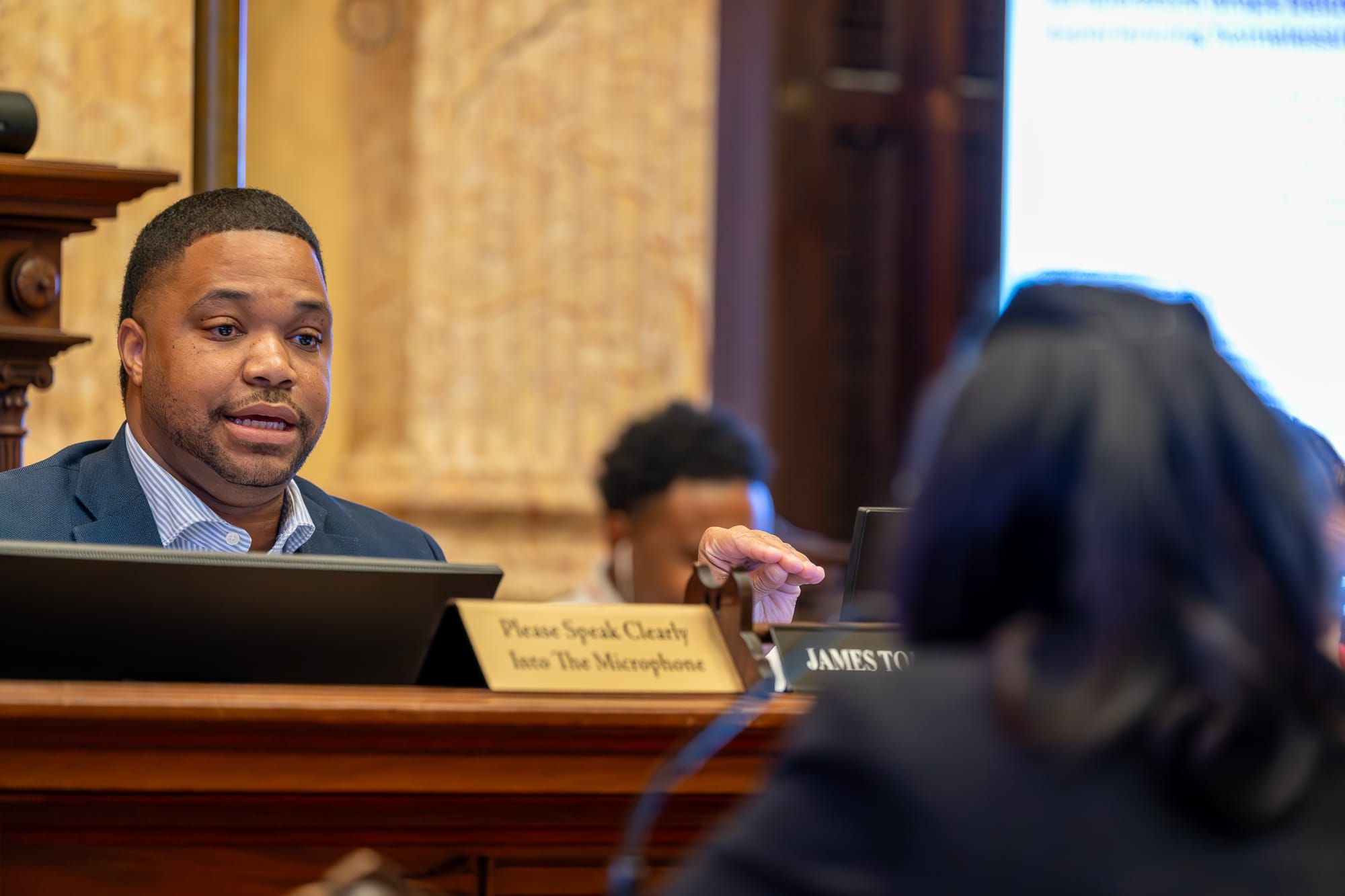
Harm reduction training in Maryland has come to a complete halt after the state opted to drop a Baltimore-based program that had exploded in popularity, a move that could hamper overdose prevention initiatives.
The lapse in training — an out-of-state nonprofit will take over in the fall — puts a pause on life-saving curriculum and official certifications, potentially slowing the growth of a workforce that serves those who use drugs as they continue to die at astronomical rates.
Baltimore, the epicenter of the overdose crisis, has the highest concentration of nonprofits dedicated to compassionate care for drug users in the state. A hiatus in training services could compound the effects of a recent court ruling in which a judge offered the city just a fraction of what it had requested to expand its harm reduction and treatment infrastructure.
“The Office of Harm Reduction recognizes that this transition process has created disruption to training services and that there is concern among our stakeholder community on the potential impact to their operations,” said David McCallister, spokesperson for the state health department, in a statement.
“We are actively working to prioritize the most urgent training needs,” he added.
The Maryland Harm Reduction Training Institute, an arm of Behavioral Health System Baltimore, ceased trainings for services such as syringe services programs, wound care and outreach, after its contract ended on July 1. It first formed in 2019.
“BHSB would have liked to continue to be part of statewide harm reduction training,” said organization spokesperson Adrienne Breidenstine. “Expanding harm reduction practices and growing the workforce are more important now than ever for Maryland to address overdose.”
In late June, BHSB was notified that the state health department did not choose the organization to continue running the program, Breidenstine said. The institute ceased all training less than two weeks later.
Breidenstine declined to provide additional details, but the decision to move to an out-of-state nonprofit comes as federal job reports show that Maryland is already experiencing a significant loss in its local workforce.
HealthHIV, a national nonprofit based in Washington, D.C., will take over harm reduction training in the fall. An exact date is unknown, and the state health department would not provide details about the grant awarded to HealthHIV, which are public documents that Baltimore Beat has submitted formal records requests for.
The Maryland Harm Reduction Training Institute’s most recent budget was $587,188, all of which has been pulled. That’s the same budget included in the state’s April request for applications, which details a one-year contract beginning July 1.
Since the decision, the Maryland Harm Reduction Training Institute’s website has gone offline, though a stripped-down version of the site still exists without its harm reduction training modules. The remaining website now only displays a June 26 press release announcing the state’s decision to switch training providers.
It’s unclear why the state opted for another organization to run its harm reduction training. Under BHSB, more than 8,500 people received training in 22,000 sessions, with enrollment in courses growing by 1092% between 2021 and 2024, according to Breidenstine.
Darci Curwen-Garber, policy manager at the Baltimore Harm Reduction Coalition, said in a statement she wasn’t familiar with HealthHIV, but the Maryland Harm Reduction Training Institute was an “invaluable resource.”
“Their leadership and staff were trusted partners, deeply rooted in both rural and urban communities. Their training programs were not only evidence-based, but directly relevant to the local context — addressing the unique realities of Maryland’s drug supply, needs, and resources,” Curwen-Garber said.
“Moving forward, it’s vital that any statewide harm reduction training continues to be distinctly ‘Maryland’. This means maintaining strong local relationships and a deep understanding of the diverse communities who are — and have always been — at the heart of preventing overdose deaths.”
As it now stands, however, no one is overseeing the training program, a problem that could’ve been avoided by having more organizations involved.
“Education of the sort shouldn’t be left to one agency” at a time of instability at the state and federal levels, said BHRC spokesperson Candy Kerr.
The pause could hold back harm reduction services at a time when the city is already anticipating a massive blow to its plans to augment overdose prevention efforts, which proved critical when nearly 30 people were hospitalized during a mass overdose event in Penn North in July.
On August 8, a judge offered Baltimore $100 million for opioid abatement efforts in a landmark case, but only if it accepts a cut to the money awarded by a jury in the first phase of trial in 2024. The city had initially asked for a whopping $5.2 billion in abatement funds to bankroll a comprehensive abatement plan, which included significantly ramping up local harm reduction initiatives and opening overdose prevention centers.
Baltimore now has until August 22 to decide whether to accept the proposed abatement award in addition to just $52 million of the $266 million awarded last year. If the city opts to take the deal, it will move forward with billions of dollars less than it had hoped to save the lives of those who use drugs.
The city may not be in a position to take any steps backward; it wasn’t until last year that Baltimore, the epicenter of the nation’s overdose crisis, began to see a historic decline in overdoses along with a national trend. Older Black men and those living in the majority Black eastern and western neighborhoods of the city, known as the Black Butterfly, continue to die at disproportionate rates.
Data recently published by the state health department showed the city recorded 777 deaths in 2024, a historic 25.5% decrease over the year prior. Subsequent monthly data seem to indicate that the downward trend has continued, with fewer than 600 deaths in the 12-month period ending in June.
The last time Baltimore saw fewer than 800 overdose deaths was in 2017. Though the decline is part of a national trend and the data is preliminary, it has offered renewed hope among harm reduction workers and public health experts.
HealthHIV’s website states that its mission is to “advance effective prevention, care, support, and health equity in HIV, HCV, LGBTQ health, and harm reduction by providing education, capacity building, health services research, and advocacy to organizations, communities and interprofessional healthcare teams.”
The nonprofit is not new to public health initiatives in Maryland, said Brian Hujdich, the organization’s executive director, in a statement. In addition, it already has a harm reduction training curriculum that it’s used for the past decade.
The nonprofit led the state’s Alive! Maryland program supporting the local public health workforce with harm reduction-focused training and technical assistance, which began in 2021 and ended in 2023. In 2023 and 2024, it led the state’s TEACH CHW program, which provided harm reduction training to local community health workers.
“HealthHIV has extensive experience in harm reduction and in delivering training both across Maryland and nationally,” Hujdich said. “We have partnered with community-based organizations, health departments, and other key stakeholders throughout the state—including in Baltimore—to advance harm reduction initiatives through technical assistance, capacity building, and workforce development.”
HealthHIV’s program, called the Maryland Center for Harm Reduction and Capacity Building Training, will be informed by a needs assessment, community input and expert guidance, he said.
Upon its launch, Hujdich added that it aimed to continue to grow the state’s harm reduction workforce and increase community engagement.








Comments